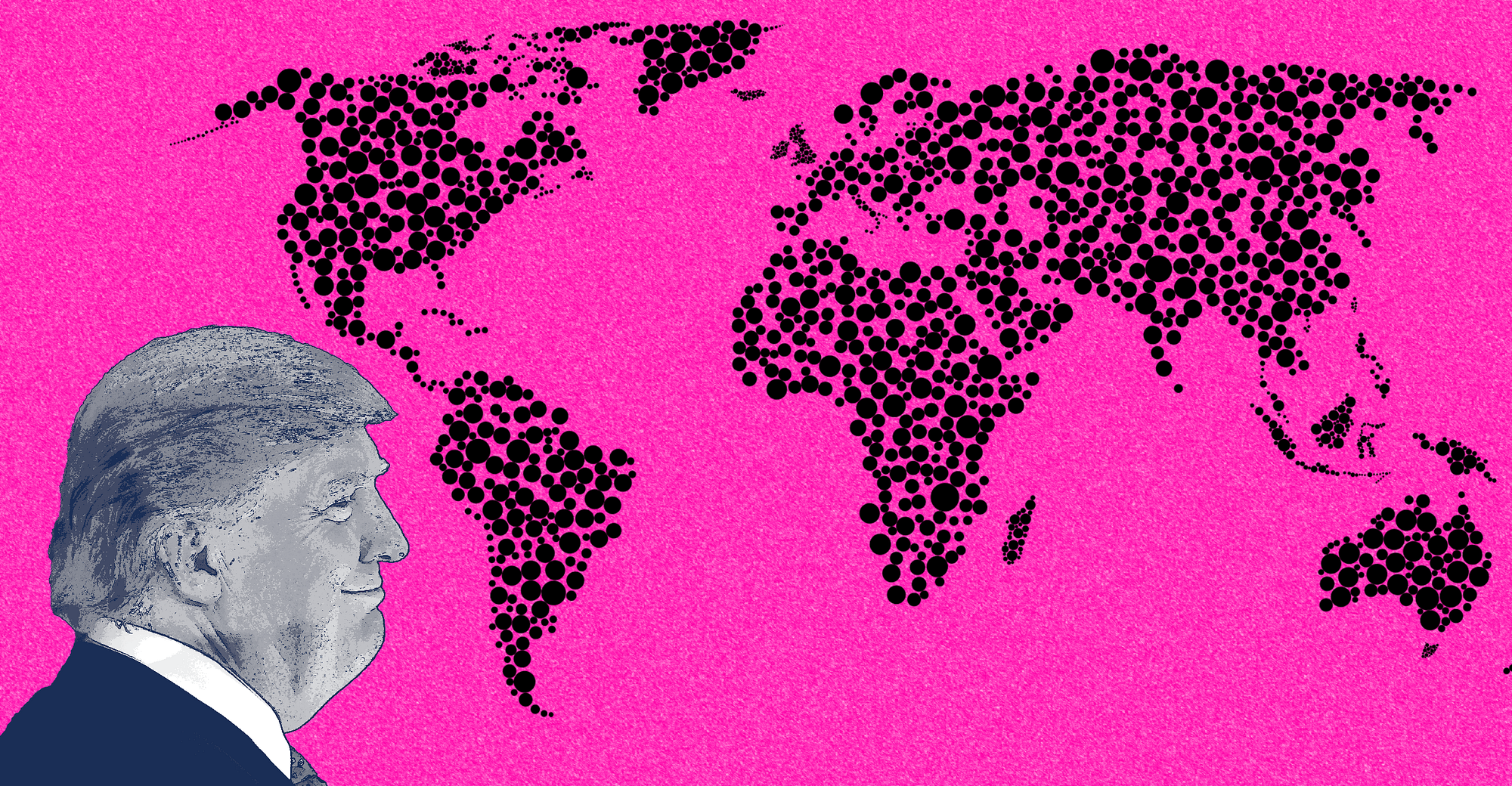Makhan Saikia
Mosul is the second biggest city of Iraq which was overrun by the jihadists of the Islamic State (ISIS) in mid-2014. Over the last two years, the city has witnessed mass exodus of people, genocide of the minority communities and holy seat of the ‘Caliphate’. Alas! This city has set the final stage for the elimination of the once powerful and dreaded Sunni Islamists who were literally creating havoc across the world. Still they are no less than a global menace. But their reach, speed and volume of atrocity have substantially come down in the recent months. The battle for retaking of Mosul by the Iraqi Army is already making international headlines, but for some very serious reasons. This battle has been termed as one of the most complex military operations in Iraq since the country was invaded by America in 2003, during the heydays of its President Saddam Hussein. As international experts opine, whoever loses and whoever wins, will matter so much that it will set the future course of action of Iraq. A fight to finish battle from the ISIS is absolutely on the move. The challenge for the Iraqi Security Forces (ISF) is to secure Mosul and provide a stable governance system, once the ISIS is out from the city.




